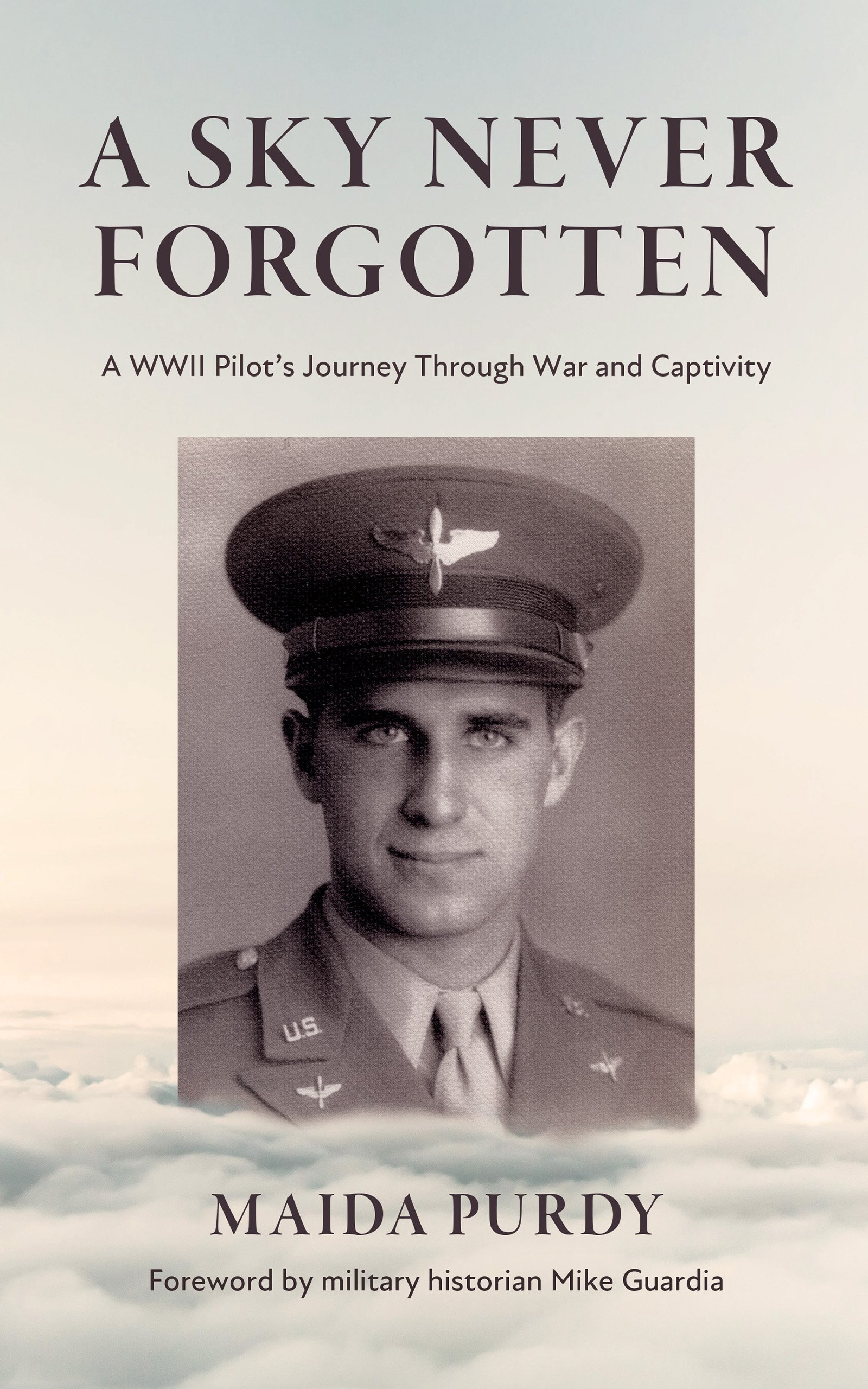Therman D. Brown mission November 22, 1942
When we entered this war, the art of barrage balloons was pretty well advanced. The primary purpose of barrage balloons is to keep planes from making low level attacks on important targets. The sausage like balloons are tethered to the ground with long steel cables that can let the bags float up to six thousand feet or more. There usually are enough balloons so a plane cannot fly around them. You usually cannot see the cable but you can see the gas bag unless it is hidden in the clouds or by darkness.
Hitting the cable with the wing of the plane is bad enough. What happens is that each cable has a small bomb attached to it. When the wing of the plane hits the cable, the wire slides along the edge of the wing until it hits the bomb and explodes.
Not only did the Germans have lots of these barrage balloons around each of it ports, the British had them around theirs as well. We had to be careful of all of them. They were no respecter of nationality.
I sometime think that the enemy was the least of our problems. The hazards of operational flying accounted for a substantial portion of our losses. Even friendly barrage balloons took their share. Capt. Whitlock fell victim of one on the way home from a successful bombing raid on Tripoli on November 22, 1942.
His navigator missed the narrow twenty mile wide corridor we were required to fly through near Port Said near the north end of the Suez Canal. Had it been daytime, there would have been no problem but this was in the black of night. Whitlock's plane hit the wire of a balloon and the bomb attached ripped a hole in the left wing and the flap. He lost hydraulic fluid and the right landing gear would not extend.
Whitlock thought he was going to have to make a crash landing but first, he gave his crew the option of bailing out over the field. The navigator and the radio operator elected to bail out. The radio operator landed within a few feet of his barracks. Whitlock eventually got the landing gear down and landed safely. No one was hurt. R/o was James L. Barineau
The website 376bg.org is NOT our site nor is it our endowment fund.
At the 2017 reunion, the board approved the donation of our archives to the Briscoe Center for American History, located on the University of Texas - Austin campus.
Also, the board approved a $5,000 donation to add to Ed Clendenin's $20,000 donation in the memory of his father. Together, these funds begin an endowment for the preservation of the 376 archives.
Donate directly to the 376 Endowment
To read about other endowment donation options, click here.
Reunion
NOTE change in the schedule !!
DATES: Sep 25-28, 2025
CITY:Rapid City, SD
HOTEL: Best Western Ramkota Conference Hotel; 2111 North LaCrosse St., Rapid City, SD 57702; 605-343-8500
Click here to read about the reunion details.




















